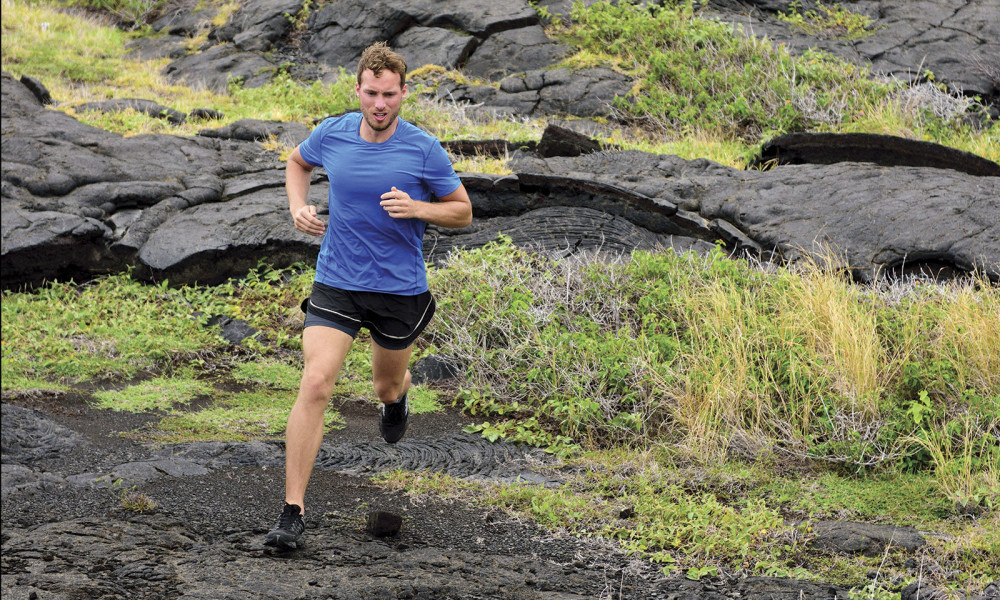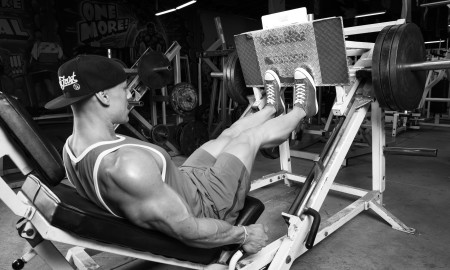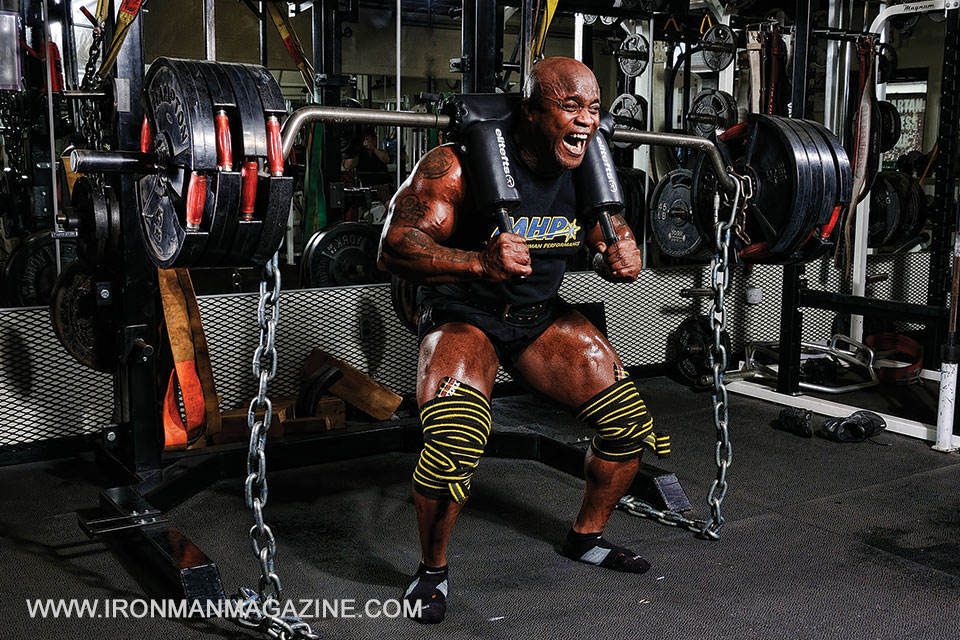

A common stigma exists within the distance-running community, which states that heavy weight training holds no place within endurance programming. The concern is that heavy training will result in excessive muscle growth and compromise a runner’s speed by adding too much bodyweight. Another concern with increasing muscle is the subsequent increase in oxygen consumption. More muscle eats up more oxygen. So should an endurance athlete even entertain the idea of training with big loads? Absolutely.
Heavy compound lifts strengthen bone density and cartilage. With all the bodily abuse that endurance running causes (and don’t be fooled, distance running is one of the most abusive sports you can subject your body to), resistance training is necessary to strengthen the body, from bones to connective tissue to extremities.
Joints take an upfront beating while running. Ankles, knees, and hips all suffer the impact of each and every strike against the ground. While many athletes try to perform injury-free styles of running (Pose Method, etc.), there’s always going to be some impact. And that impact, although subtle, gradually wears on the body. So what better way to strengthen cartilage and boost bone density than heavy compound lifts like squats and deadlifts? Of course, distance runners shouldn’t make heavy lifting their primary training recourse, but there is a relatively substantial applicability within the athlete’s overall scope of training.
We know that weight training keeps your bones strong. What’s another benefit weight training provides to runners? Let’s talk about hip extension and force production. There’s a general rule of thumb that applies to strength training: Anaerobic training translates aerobically, but the inverse relationship does not apply. Simply put, explosive training will aid to your strength and endurance, but endurance work won’t necessarily make you explosive.
Take sprinting for example: A 100-meter sprinter will generally exhibit decent proficiency when running longer endurance events, like a 5K. They may not be the best in the world at it, but they can certainly produce a competitive effort because of all the explosive work they’ve done on the track. Now take a leading endurance athlete and put them in a short-distance sprint. The endurance athlete will most likely not produce a competitive sprinting time.
The same rule applies for the deadlift: An athlete who can deadlift 500 pounds should be able to rep 315 pretty easily. However, someone who can deadlift 315 pounds over and over will not necessarily be able to pull 500 pounds even one time. Remember, anaerobic training translates aerobically, but it’s not a two-way street.
Even on a neuromuscular level, the ability to gather up and recruit large amounts of muscle fiber at a single moment is significantly harder than recruiting fewer fibers over a long period of time. In fact, the entire premise of endurance racing is to maintain the most amount of wattage (distance, speed, duration) while expelling the least amount of energy. Therefore, the max exertion produced in heavy weight training will have a carryover to the steady exertion performed in endurance running.
Now compare the anaerobic/aerobic relationship between two opposite extremes: In one corner, we have a 1RM back squat of 1,000 pounds versus running a century marathon (100 miles). A heavy 1RM back squat is one of the most anaerobic efforts you can produce in such a short amount of time—drop down, come up. That’s it. Whereas running a century is one of the most aerobic efforts one can complete. You begin with a slow start and gradually build up to a speed that’s going to have to last for hours (maybe even days).
Obviously a heavy back squat is not the solution for completing a 100 mile race, but it will build the necessary leg muscles and groom your central nervous system to withstand the muscular fatigue that comes from distance running. However, running for hours will not help yield a heavy back squat.
So what kind of weight training should endurance athletes perform? Heavy back squats and deadlifts are among the top movements. Both of these build muscles in the legs and core, and develop your posterior chain, which is often recruited for running (especially uphill). Short and heavy sets of one to five reps are great for building bone density and naturally boosting testosterone levels, which helps combat all the cortisol released from long-endurance sessions. Weight training within the eight- to 12-rep range (hypertrophy) is best for building new muscle. And weight training within the 15- to 20-plus-rep range helps pump blood into the site that’s in play. I recommend my athletes explore all these rep ranges, as they all have unique benefits to the body.
If you are a dedicated endurance athlete who is looking to gain some muscle and strength, begin by working your way up in weight starting with the bar. Rep counts should be high while the weight is light. Slowly decrease the reps set by set as the weight increases. Work all the way up into your heavy working sets. And after the heavy working sets are complete, begin to decrease weight while the rep count goes back up. A typical squat session that abides by this logic might look like this:
Warm-up:
Empty bar x 10; 135 x 10; 225 x 6; 275 x 4
Heavy working sets:
305 x 3; 315 x 3; 325 x 3
Hypertrophy:
255 x 8; 255 x 10; 255 x 12
Volume:
185 x 15; 185 x 18; 135 x max reps
So if you have a significant other who’s dragging you into that 10K or half-marathon because you said you’d support her, be sure to integrate weight training into your program. By keeping up your strength and not doing too many miles too soon, you can stave off an unfortunate injury and save yourself a lot of work. Be smart. Sometimes less is more. And remember that weight training is always the key to life. IM






















You must be logged in to post a comment Login